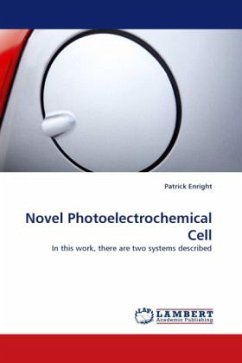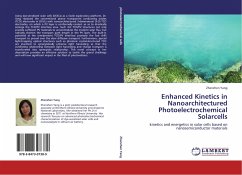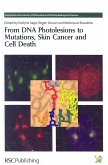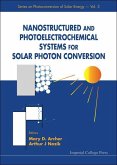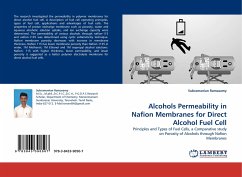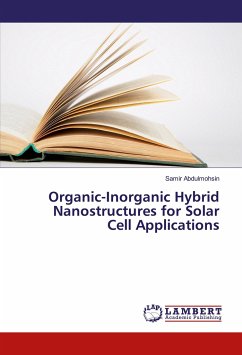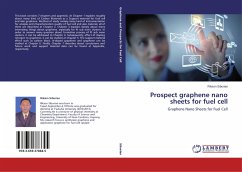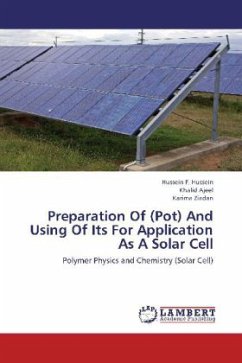The second system involves the use of TiO2 coated electrodes with air electrodes as cathodes in either one or two compartment set ups, using many water soluble organic compounds as fuels. Such a system can be used to degrade many organics such as benzaldehyde, 1,2-dihydroxybenzene (CAT) potassium hydrogen phthalate, 2-propanol, phthalic acid (HHP), 4-chlorophenol, and ascorbic acid to mention but a few. The rate of degradation depends on the light source used, amount of lumens from the light source reaching the catalytically coated surface, passivation, chemical nature and stability of the organic compound, pH and cell configuration. With daylight as the source, at room temperature the photoelectrocatalyic (pec) cell connected for 11 days brought about an 88 % degradation of CAT, 4 times more than a similar surface confined photocatalytic (pc) cell could offer.
Bitte wählen Sie Ihr Anliegen aus.
Rechnungen
Retourenschein anfordern
Bestellstatus
Storno

